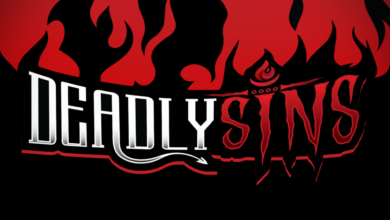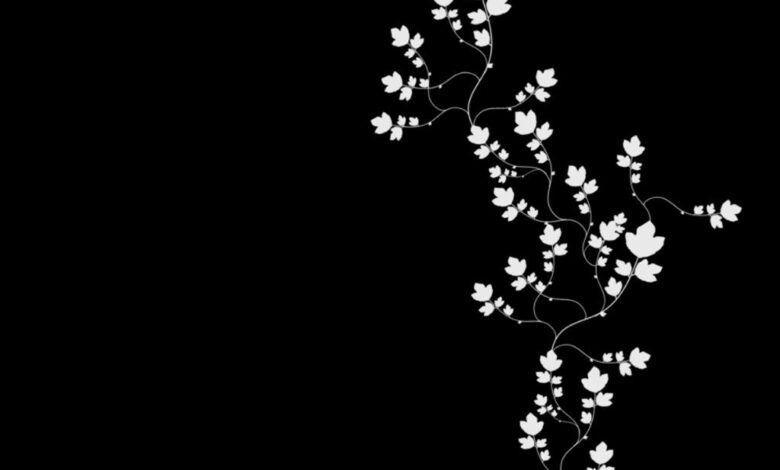
Black and White Background Design & Impact
Black and white backgrounds: They’re deceptively simple, yet wield incredible power in design. From the stark elegance of a minimalist website to the dramatic intensity of a film noir scene, the interplay of black and white creates a visual impact that’s both timeless and profoundly effective. We’ll delve into the psychology behind this classic pairing, exploring how different shades of gray, text choices, and creative applications can dramatically alter the mood and message of your design.
This exploration will cover everything from the subtle nuances of contrast and readability to the bold statements made through textures and geometric patterns. We’ll examine its uses in photography, graphic design, film, video games, and more, offering practical tips and inspiring examples to help you harness the unique power of the black and white background in your own projects. Get ready to see black and white in a whole new light!
Visual Impact of Black and White Backgrounds
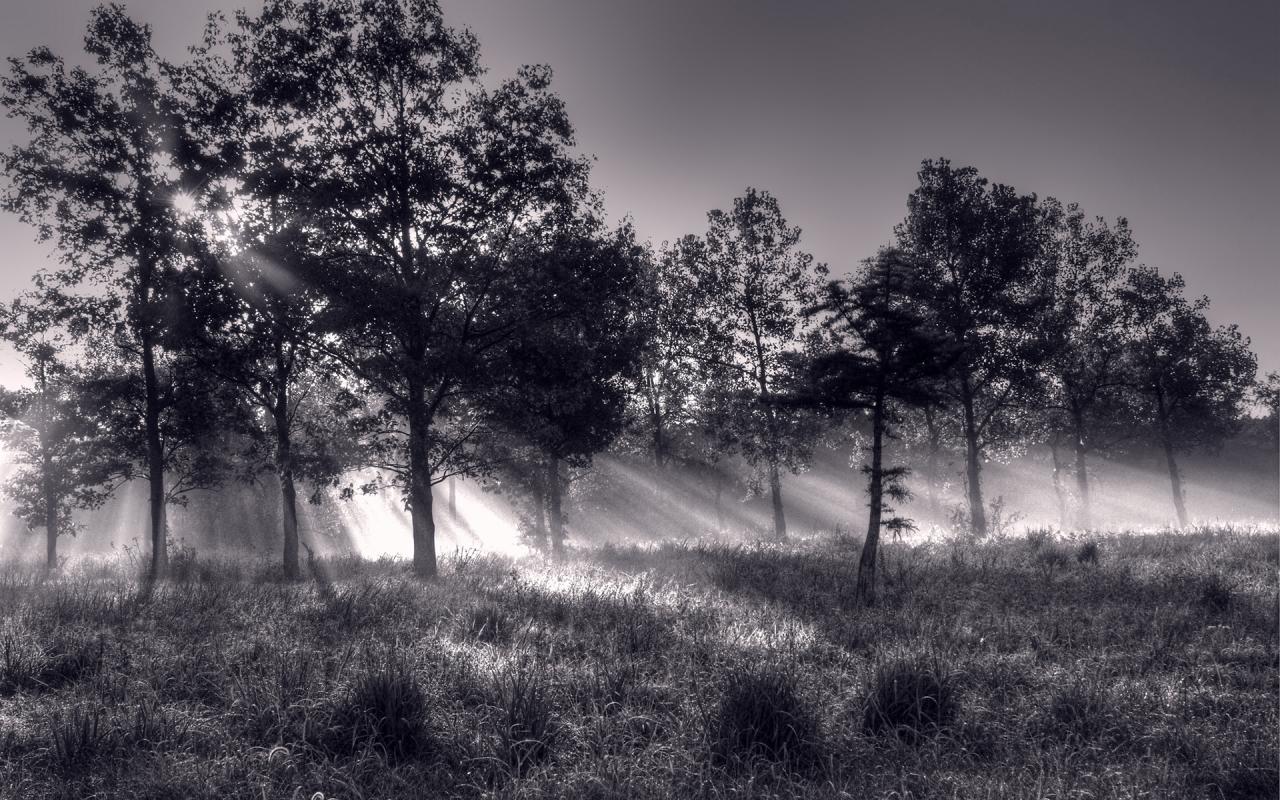
Source: pixelstalk.net
The strategic use of black and white backgrounds in design isn’t just about aesthetics; it profoundly impacts the viewer’s psychological experience and the overall message conveyed. The stark contrast inherent in these colors creates a powerful visual impact, capable of evoking a wide range of emotions and setting a specific tone for the content presented. Understanding these effects is crucial for creating effective and engaging designs.
Psychological Effects of Black and White Backgrounds
Black and white, devoid of distracting color, forces the viewer’s attention directly onto the content. This simplicity can be calming, minimizing visual clutter and promoting a sense of focus and clarity. Conversely, the stark contrast can also create a sense of drama or intensity, particularly when used with bold typography or imagery. The absence of color can evoke a sense of timelessness and sophistication, lending an air of elegance and seriousness to the design.
However, overuse can lead to a feeling of coldness or sterility, so careful consideration of the overall design is paramount.
Black Background with White Text vs. White Background with Black Text
The choice between a black background with white text (dark mode) and a white background with black text (light mode) significantly affects readability and the overall mood. A black background with white text often feels more modern, dramatic, and even luxurious. It’s particularly effective for websites or applications focused on entertainment, gaming, or high-end products where a sense of mystery or sophistication is desired.
Think of many high-end fashion websites or movie streaming platforms. Conversely, a white background with black text is generally considered more traditional, easier on the eyes, and more accessible. This is the standard for most websites due to its readability and broad appeal; it’s perfect for informational websites, blogs, or anything requiring easy reading for extended periods.
I’ve been experimenting with black and white backgrounds lately for my YouTube thumbnails – a classic, timeless look, right? But getting the right contrast is key, and that’s where understanding YouTube’s algorithm comes in. Check out this awesome guide on getting it on with YouTube to learn how to optimize your videos for better reach.
Then, you can really make those black and white backgrounds pop!
Influence of Gray Shades in Black and White Backgrounds
Introducing different shades of gray into a black and white background offers a subtle yet powerful way to modulate the overall mood. Lighter grays can soften the stark contrast, creating a more gentle and approachable feel. They can also be used to create depth and hierarchy within the design. Darker grays, on the other hand, can intensify the drama and create a more moody or sophisticated atmosphere.
The strategic use of gray allows for a nuanced approach to design, going beyond the binary of black and white to create a more complex and layered visual experience. For example, a website using a dark gray background with lighter gray accents might project a sense of quiet professionalism, while a website employing a light gray background with charcoal gray text could convey a feeling of modern simplicity.
Website Header Designs
The following table presents three different website header designs using black and white backgrounds, each aiming for a distinct emotional response. These are conceptual examples and would require further development in a real-world application.
| Calmness | Excitement | Sophistication |
|---|---|---|
| Imagine a header with a light gray background. The website title is in a simple, sans-serif font in a dark gray, almost black, color. A subtle, almost imperceptible texture is applied to the background, giving it a slightly organic feel. The overall impression is one of peaceful serenity and quiet confidence. | Picture a header with a stark black background. The website title is in a bold, white, sans-serif font, perhaps with a slight shadow effect for added depth. A dynamic, high-contrast image, perhaps an abstract graphic or a stylized burst of energy, is placed subtly behind the text, adding a sense of motion and vibrancy. The overall effect is energetic and attention-grabbing. | Envision a header with a deep charcoal gray background. The website title is rendered in an elegant serif font in crisp white, possibly with a slight metallic sheen effect. The typography is clean and uncluttered, emphasizing the simplicity and sophistication of the design. The overall mood is one of refined elegance and understated luxury. |
Applications in Different Media
Black and white, a seemingly simple combination, possesses a remarkable versatility across various media. Its power lies in its ability to transcend the literal, focusing attention on form, texture, and emotion rather than realistic color representation. This allows creators to manipulate the viewer’s perception in impactful ways, achieving specific aesthetic and narrative goals. Let’s explore how this powerful duo is employed across different creative fields.
Black and White Backgrounds in Photography
The use of black and white backgrounds in photography significantly impacts image perception. A stark black background, for instance, creates a dramatic effect, isolating the subject and emphasizing its form and texture. The lack of color draws the viewer’s eye directly to the subject, enhancing its details and creating a sense of depth and mystery. Conversely, a white background offers a cleaner, more minimalist aesthetic.
It provides a sense of spaciousness and allows the subject to “breathe,” often conveying a feeling of purity or serenity. Consider a portrait: a black background can make the subject appear powerful and commanding, while a white background might suggest innocence or vulnerability. The choice profoundly influences the mood and message conveyed.
Black and White Backgrounds in Graphic Design for Logos and Branding
In graphic design, black and white backgrounds are frequently employed in logo creation and branding strategies. The simplicity of a monochrome palette allows for strong visual impact and timeless appeal. A black logo on a white background, or vice-versa, offers maximum contrast and readability, ensuring the logo is easily recognizable across various applications, from business cards to websites. Think of the iconic Nike swoosh—its effectiveness stems in part from its inherent simplicity and the power of the contrast against a white background.
This approach creates a clean, professional, and memorable brand identity. The versatility of black and white also makes it adaptable to different mediums and sizes without losing its impact.
Black and White Backgrounds in Film and Television
Film and television utilize black and white backgrounds to create specific moods and atmospheres. A black background can establish a sense of darkness, mystery, or even danger, often used in scenes of suspense or horror. Conversely, a white background can evoke feelings of emptiness, isolation, or clinical sterility, frequently employed in science fiction or dystopian settings. The classic film “Casablanca” masterfully uses shadows and light against predominantly dark backgrounds to build tension and atmosphere.
The stark contrast enhances the drama and emotional weight of the scenes. The absence of color further intensifies the emotional impact, allowing the viewer to focus on the characters’ expressions and actions.
Black and White Backgrounds in Video Game Design
The use of black and white backgrounds in video game design offers several advantages:
- Creating a sense of nostalgia or retro aesthetic: Many retro-style games utilize black and white palettes to evoke a feeling of classic gaming. This stylistic choice can be a powerful way to connect with a specific audience and create a sense of familiarity.
- Highlighting specific game elements: Using a black and white background can draw attention to brightly colored or otherwise visually distinct game elements, creating a sense of visual hierarchy and guiding the player’s attention.
- Establishing a specific mood or atmosphere: Similar to film, black and white backgrounds in games can help set the tone, whether it’s a dark and brooding atmosphere or a clean and minimalist one. For example, a horror game might use mostly dark backgrounds to create suspense.
- Improving performance: In some cases, using a black and white palette can improve game performance, especially on older or less powerful hardware. This is because rendering color requires more processing power than rendering monochrome.
- Stylistic choice for artistic expression: Some games use black and white backgrounds purely as a stylistic choice, to create a unique visual identity and enhance the game’s overall aesthetic appeal. This can be seen in indie games that prioritize artistic expression over photorealism.
Accessibility and Readability: Black And White Background
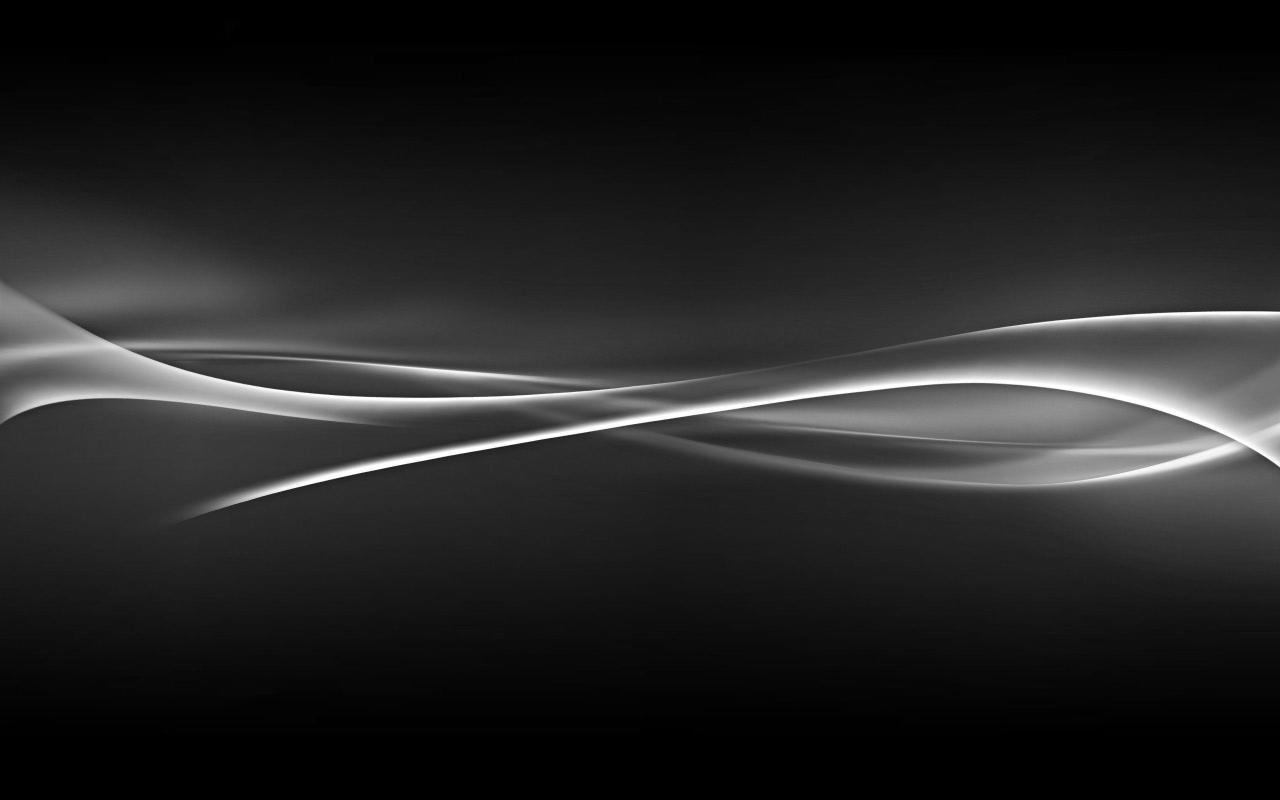
Source: wallpapercave.com
Designing with black and white backgrounds offers a unique aesthetic, but it’s crucial to prioritize accessibility and readability to ensure inclusivity for all users. Poor contrast can significantly impact users with visual impairments, such as low vision or color blindness, making content difficult or impossible to read. Careful consideration of contrast ratios, font choices, and overall design is essential for creating a usable and enjoyable experience.Sufficient contrast between text and background is paramount for readability.
Low contrast can lead to eye strain, headaches, and difficulty discerning text, especially for individuals with visual impairments.
Contrast Ratios and Readability
The Web Content Accessibility Guidelines (WCAG) recommend a minimum contrast ratio of 4.5:1 for normal text and 3:1 for large text (18pt or 14pt bold). This means the ratio of luminance between the text and the background must meet these thresholds. For a black and white background, achieving sufficient contrast is relatively straightforward. Using pure black (#000000) text on a pure white (#FFFFFF) background provides a perfect contrast ratio of 21:1, far exceeding WCAG recommendations.
However, using shades of grey requires careful calculation to ensure compliance. Tools are readily available online to calculate contrast ratios, allowing designers to verify their choices before publishing. For example, a dark grey (#333333) on a light grey (#EEEEEE) background might not meet the minimum contrast requirement and would need adjustment.
Font Selection and Sizing, Black and white background
Choosing appropriate fonts and sizes is equally important. Sans-serif fonts like Arial, Helvetica, or Verdana are generally considered more legible on screen than serif fonts. Serif fonts, with their small decorative strokes at the ends of letters, can sometimes appear less clear on digital displays. The font size should be large enough to be easily read without magnification, with 16px being a commonly recommended minimum size for body text.
Larger sizes should be used for headings and other important elements to improve visual hierarchy. Consider using bold text sparingly for emphasis, as excessive bolding can negatively impact readability.
Creating an Accessible Infographic
Infographics can be particularly challenging to make accessible, especially when using a limited color palette. Careful planning and execution are crucial. Here’s an example of a visually appealing and accessible infographic using a black and white background:
Example Infographic: The Benefits of Cycling
| Benefit | Description | Impact | Visual Representation |
|---|---|---|---|
| Improved Cardiovascular Health | Cycling strengthens the heart and improves blood circulation. | Reduced risk of heart disease and stroke. | A simple line graph showing improvement over time, using only black lines on a white background. |
| Increased Physical Fitness | Regular cycling builds muscle strength and endurance. | Improved overall fitness level and stamina. | A simple icon of a person cycling, using only black lines on a white background. |
| Environmental Friendliness | Cycling is a sustainable mode of transportation. | Reduced carbon footprint and air pollution. | A simple icon of a bicycle with a leaf, using only black lines on a white background. |
| Cost Savings | Cycling reduces reliance on expensive forms of transportation. | Lower transportation costs and potential savings. | A simple icon representing money savings, using only black lines on a white background. |
Creative Uses and Variations
Black and white, while seemingly simple, offers a surprisingly vast canvas for creative exploration. The absence of color forces the eye to focus on texture, form, and contrast, leading to designs that are both striking and sophisticated. By cleverly manipulating these elements, we can achieve a range of visual effects, from subtle elegance to bold graphic statements. Let’s delve into some specific techniques.
Texture in Black and White Backgrounds
Adding texture significantly elevates a black and white background beyond its basic monochrome nature. Imagine a subtly textured black background resembling finely woven linen, providing a sophisticated backdrop for text or imagery. Alternatively, a white background with a rough, almost granular texture could evoke a sense of aged parchment or weathered stone, lending a vintage or antique feel to the design.
The key is to choose a texture that complements the overall aesthetic and enhances the visual hierarchy of the design elements. For instance, a smooth, almost glassy black background would be ideal for showcasing sharp, clean lines and modern typography, while a heavily textured white background might suit a rustic or vintage-inspired design.
Comparison: Pure Black and White vs. Gradients
The stark contrast of pure black and white can be incredibly powerful, creating a bold and dramatic effect. This approach is ideal for designs aiming for a strong visual impact, like posters or minimalist websites. However, a purely black and white background can sometimes feel too harsh or unforgiving. Introducing subtle gradients of gray offers a softer, more nuanced approach.
Gradients allow for a smoother transition between light and dark, creating a more harmonious and less jarring visual experience. Think of a background that gently transitions from a dark charcoal gray to a lighter, almost off-white hue. This subtle gradation adds depth and visual interest without sacrificing the inherent elegance of the black and white palette. The choice depends heavily on the desired mood and the overall design aesthetic.
Geometric Pattern Background Design
For this design, I envision a background composed of overlapping, concentric circles in varying shades of gray. The circles, ranging from almost black to nearly white, would create a sense of depth and movement. The outermost circles would be slightly blurred, creating a soft, ethereal quality, while the inner circles would be sharper and more defined. The pattern would be subtly off-center, adding an element of asymmetry that prevents the design from feeling too rigid or predictable.
This design choice prioritizes visual harmony and a sense of gentle, controlled energy. The subtle variations in gray would prevent the design from becoming too monotonous, maintaining visual interest without overwhelming the viewer.
Abstract Design Background: Evoking Emotion
My abstract design would feature swirling, organic shapes in shades of gray, evoking a sense of calm and contemplation. The shapes would be fluid and interconnected, suggesting a sense of continuous movement and transformation. The overall color palette would be predominantly dark gray, with subtle highlights of lighter gray to emphasize the forms and create a sense of depth.
The absence of sharp lines or defined edges would contribute to the feeling of fluidity and tranquility. The intended emotional response is one of serenity and introspection, a feeling of quiet contemplation and inner peace. The design aims to create a visually calming and meditative experience for the viewer.
Illustrative Examples
Black and white backgrounds, while seemingly simple, offer a surprising depth of creative potential. Their effectiveness stems from their ability to draw attention to specific elements, create a mood, and enhance readability depending on the application. Let’s explore some diverse examples.
Minimalist Poster Design
Imagine a minimalist poster advertising a photography exhibition. The background is a stark, pure white. Centered on the page is a single, high-contrast black and white photograph – perhaps a powerful portrait or an evocative landscape. The title of the exhibition, the photographer’s name, and the date are printed in a simple, elegant black sans-serif font. The white background provides a clean, uncluttered space that allows the photograph to command attention.
The contrast between the black and white is visually striking, emphasizing the artistry of the photograph and the sophistication of the event. The lack of color further enhances the sense of simplicity and elegance, focusing the viewer’s eye solely on the image and essential text. The overall effect is one of refined minimalism, perfectly reflecting the subject matter.
Product Advertisement
Consider a product advertisement for a high-end watch. The background is a deep, textured black. The watch itself, meticulously photographed, is placed centrally, bathed in a single, strategically placed spotlight that creates a dramatic highlight. The black background, far from being negative space, actively contributes to the luxury and exclusivity of the product. The texture of the black – perhaps a subtle grain or a velvety sheen – adds depth and richness, preventing the image from feeling flat.
The contrast between the highly polished watch and the matte black background further accentuates the watch’s gleam and craftsmanship. The overall effect is sophisticated and luxurious, communicating the high quality and prestige of the timepiece.
Fine Art Piece
Envision a charcoal drawing depicting a gnarled, ancient oak tree. The background is not simply white; it’s a subtly textured white, achieved through the layering of charcoal strokes, creating a sense of depth and atmosphere. The tree itself is rendered in a range of grays, from the deepest blacks in the shadowed crevices of the bark to the lighter grays in the sunlit areas.
The subtle shading and texturing of the white background creates a sense of movement and air around the tree. The artist uses varying pressure and techniques to create different textures, making the bark appear rough and the leaves wispy. This interplay of textures, both in the background and the subject, adds a layer of realism and emotional depth to the piece.
The overall effect is one of quiet power and timeless beauty.
Website Landing Page
A website landing page for a software company might utilize a clean, off-white background. The company logo, a short, impactful headline, and a call to action button are presented in a bold, dark gray. The simple, uncluttered design emphasizes readability and usability. The off-white background is soft on the eyes and prevents the page from feeling stark. The use of a dark gray for the text ensures excellent contrast, making the content easy to read and the call to action button highly visible.
This design prioritizes user experience, ensuring a clear and intuitive navigation, thereby encouraging visitors to engage with the content and take the desired action.
Last Recap
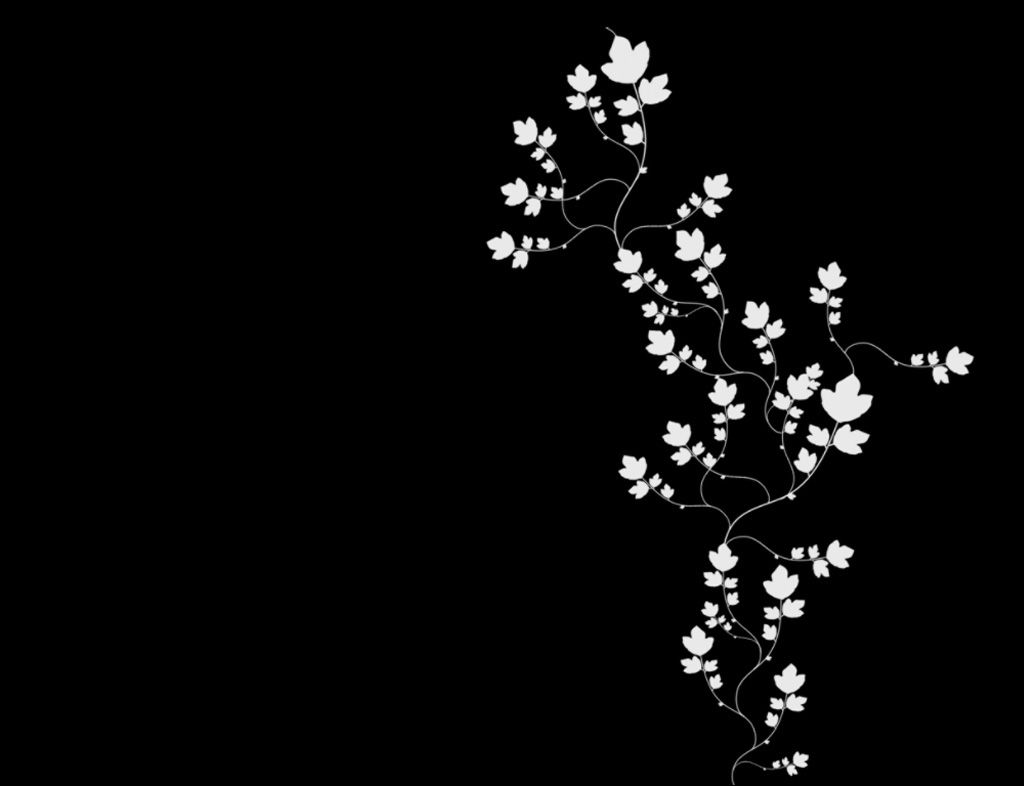
Source: pinimg.com
Ultimately, the effectiveness of a black and white background hinges on understanding its psychological impact and applying it thoughtfully. Whether you’re aiming for sophistication, drama, or a sense of calm, mastering the art of black and white design allows you to create visuals that resonate deeply with your audience. Remember, it’s not just about the absence of color; it’s about the powerful presence of contrast, texture, and carefully considered design choices.
So go forth and create something stunning!
Essential Questionnaire
Can I use a black and white background for a website with lots of images?
Yes, but ensure sufficient contrast between the images and the background to avoid visual fatigue. Consider using grayscale versions of your images or adding subtle borders for better separation.
What font pairings work best with black and white backgrounds?
High-contrast fonts with clear serifs or sans-serifs are ideal. Experiment with different pairings to find what best suits your design’s overall aesthetic and intended message. Readability is key!
How do I avoid making a black and white background look boring?
Incorporate textures, subtle gradients, geometric patterns, or strategically placed graphic elements to add visual interest and prevent monotony. The key is thoughtful design, not just the absence of color.
